After hearing rave reviews from fellow participants in productivity training, I decided to give the Whoop 4.0 device a try.
I was curious to see if it could help me achieve better cardio health without the need for intense training or sacrificing too much of my limited time.
In this review, I’ll share my experience with Whoop, its features, and whether it lived up to my expectations.
Guide for my mother: Six things to look for in a wearable
Subscription Model:
The Whoop 4.0 device follows a subscription-only model. Instead of purchasing the device outright, you pay for a monthly subscription.
The initial 30 days are free, but there is a shipping cost of $8.99 within the US to receive the device. The ongoing monthly charge ranges from $20 to $30, depending on your payment plan. I must admit, the pricing is comparable to what I pay for my mid-level gym membership.
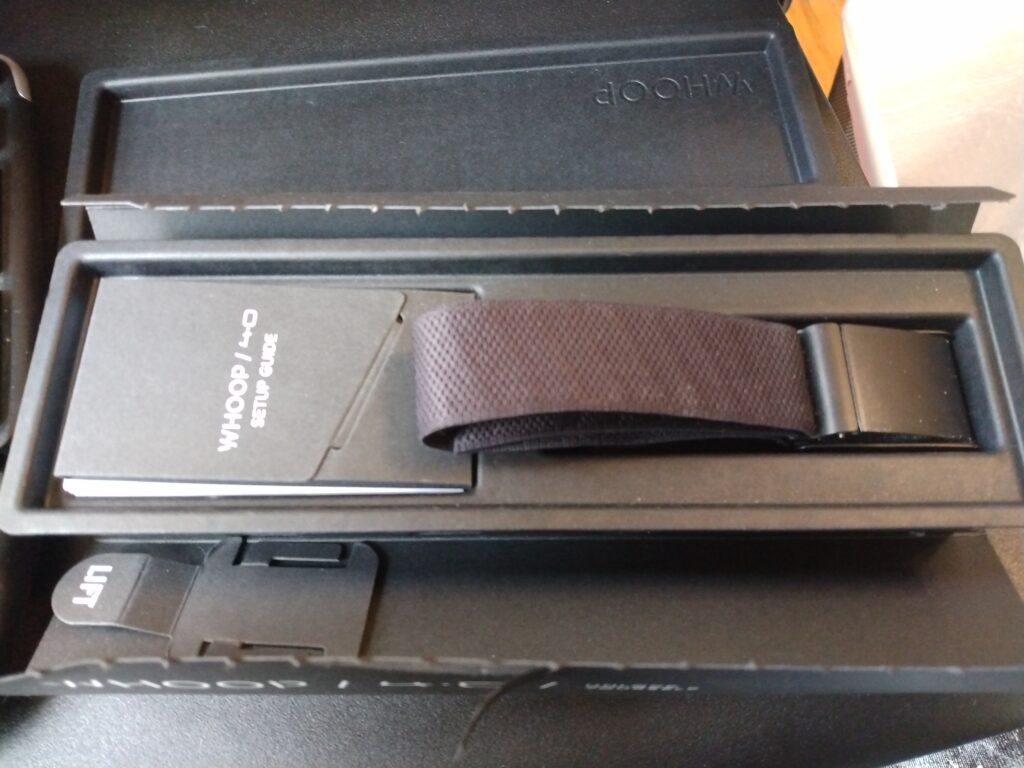
Intial impressions
To my surprise, the Whoop 4.0 arrived faster than expected, neatly packaged in an appealing box. However, the instructions were minimal.
The device came without any charge, and while it was supposed to provide battery status through a double tap, I couldn’t get that feature to work.
No worries though, I charged the device using the charger piece, which has its own cord (yet another cord to manage, mildly annoying). With that settled, I headed off to the gym without the Whoop for my first workout.
Comparison with Fitbit:
As a long-time user of Fitbit, I mostly attached it to my bra (gotta love being a woman!).
I was open to trying the wrist-worn Whoop, but I had concerns about its accuracy. With Fitbit, I noticed that it didn’t accurately count steps when I was pushing a cart while shopping or using the handles of an elliptical machine at the gym. I’ve always believed in getting exercise wherever and whenever I can.
Wearability:
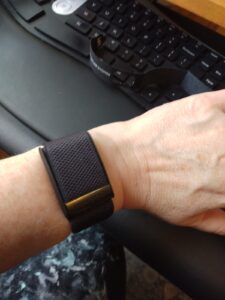
The Whoop 4.0, on the other hand, fits comfortably on the wrist (although I do tend to get rashes when wearing something there for extended periods). It claims to measure sleep more effectively than the Fitbit, which intrigued me.
However, both devices rely on heart rate to measure sleep, which only provides a partial picture.
While the sleep tracking with the Whoop was decent, I still prefer using other tools like my CPAP machine (CPAP uses mild air pressure to keep breathing airways open while you sleep), which directly measures how often I wake up during the night.
It’s worth noting that no device, short of measuring brain waves, can truly determine deep sleep stages.
Features and Performance:
Upon setup, the Whoop asks about your goals, and I selected “general health.” It tracks various journal items that can help fine-tune your recovery process.
Fortunately, my recovery scores were pretty good. The device also measures stress, which seems to be based on heart rate.
The higher the heart rate, the higher the stress level. This feature has its ups and downs. On the positive side, any activity that raises your heart rate, such as weightlifting or getting frustrated with your kids (which, let’s face it, isn’t good stress), is counted.
Additionally, it even measures heart rate when holding onto something like a shopping cart. However, on the downside, if you’re in reasonably good shape and go for a leisurely walk without straining yourself, the Whoop simply doesn’t count it at all. I had to look up their reasoning for this on their website.
Specific activities:
While using exercise machines, you can notify the Whoop device of the activity, and it will display your heart rate on a real-time graph or show your strain level.
However, the strain score for a specific activity doesn’t contribute directly to your overall daily score. I couldn’t figure out exactly how they calculated this, and it left me scratching my head.
The Whoop heavily favors aerobic activity and provides more “points” for activities like using an elliptical machine for 30 minutes compared to the Fitbit. This bias can be both a positive and a negative, depending on your fitness goals and preferences.
If you’re training for something specific, the Whoop may be helpful because it encourages pushing your heart rate. However, if you’re like me, a young grandmother who is content with reaching 10,000 steps a day (or even my previous goal of 7,500 steps), then this bias might not be as useful.
Cancellation Process:
Cancelling the Whoop subscription wasn’t as straightforward as I hoped. I went through the cancellation process and found out that they would be mailing me a return label.
At the end they emailed me the label and I returned the package the following day. It has been over 2 weeks and they have still not acknowledged that they received the device back.
Conclusion:
I have decided not to keep the Whoop device. While it did help me dial in my recovery and achieve high recovery scores, I already have my recovery routine established. I prioritise sleep with the help of a high-end cooling pad, a CPAP machine, and an eye mask. I also try to stay reasonably active during the day without relying solely on devices.
If I were more focused on pushing my fitness limits or if the monthly cost were lower, I might have considered keeping it.
However, as someone who doesn’t currently invest in a fitness trainer and already pays for a gym membership, the expense of the Whoop felt like a significant jump. Instead, I’ll strive to reach 10,000 steps a day, be more mindful of walking faster during my walks, and continue using my standing desk for at least half of the day.
Nechama Katan is a Director of Data Sciences Insights and Chief Wicked Problem Wizard at www.wickedproblemwizards.com. She is a skilled problem solver who uses innovative techniques to help organizations overcome complex technical and process-related issues and has experience working in various industries, including high and low-tech, finance, and pharmaceuticals.

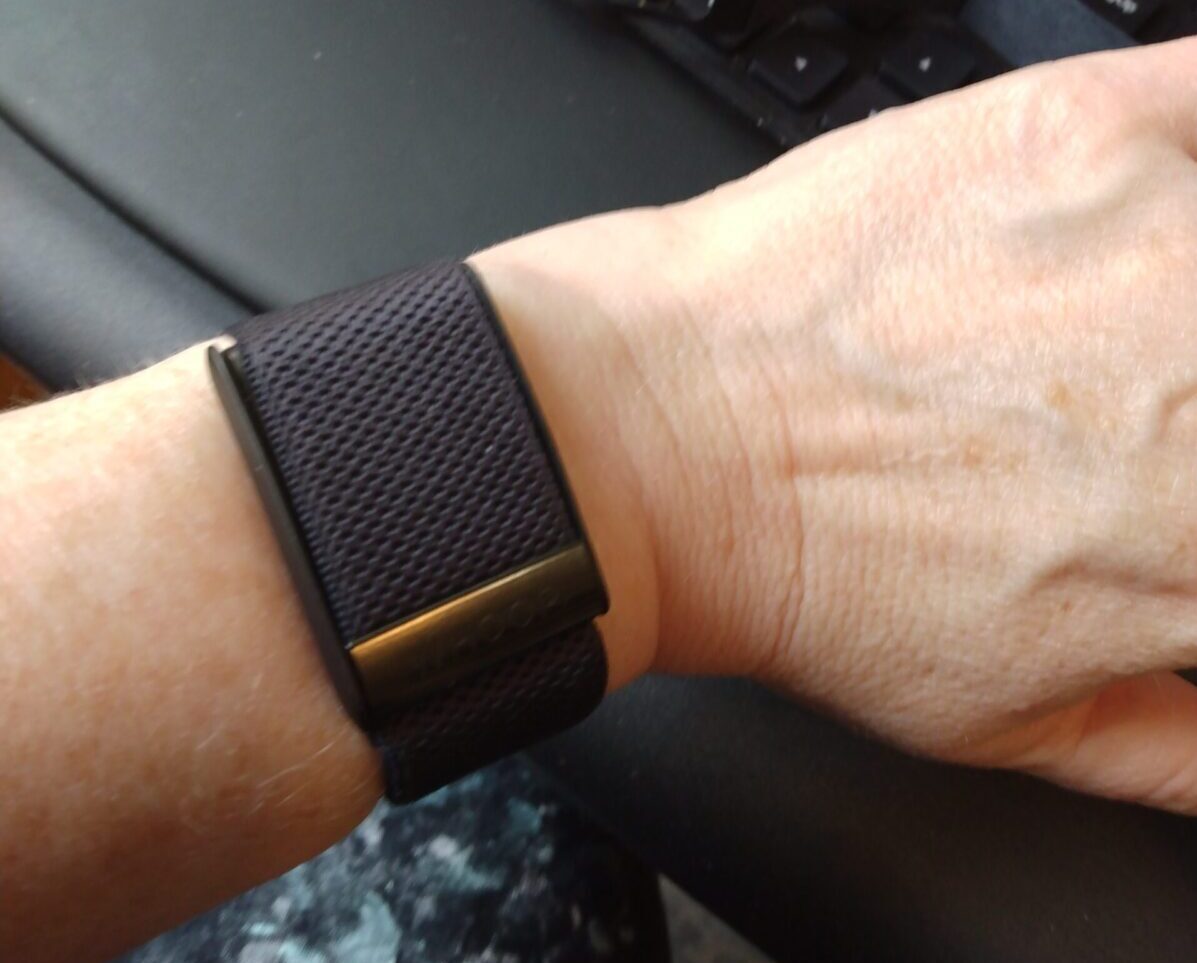







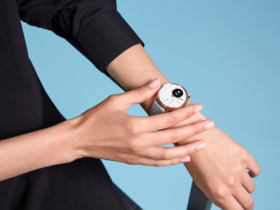

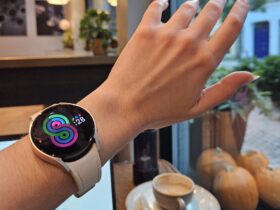
Leave a Reply